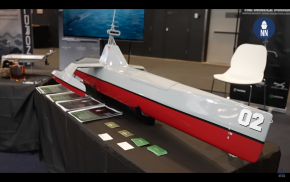Yes it is lifetime, that is how they are all costed, it is part of the regulatory requirements in reporting. You have to remember, the Hunters will be utilising existing and future planned infrastructure, training and maintenance pipelines etc.@ngatimozart
Jeez are you paying for them? No wonder I want our ships built elsewhere. That's the problem and I think that your $5 billion is optimistic. However what figures are you citing and how are they calculated? I cannot do a decent comparison of defence acquisitions costs between Australia and NZ because both governments do their cost calculations differently.
Indirectly via tax yes! But the reason I made that point was the Subs are publicly quoted as $360 billion project which takes in lifetime costs. However the Hunters are stated as $45 billion project in the media. Trying to understand if that’s the on the road … Sail away cost or lifetime costs. Sail away seems high. Life time seems low.
Nuclear submarines is a whole difference ball game, yes incredibly expensive, but you need to place so much more in this first class than for any other type of Defence programme. All new way of doing business, new skills and training, raising a much larger qualified workforce, civil and Defence capabilities, knowledge, safety, new specific facilities to host, and technically a much more complex programme that will run for a much longer period than the Hunters.
Cheers

